28 surprising places germs are hiding in your home
Research reveals harmful bacteria lurking on your dog’s toys

They're cute, cuddly, loyal and hilarious – and these are just some of the reasons why dogs are the most popular pets in the UK. While there's nothing better than watching your pooch play with their favourite toy, their cherished items are riddled with germs. Click or scroll on to find out what harmful hidden bacteria is lurking on your dog's toys and discover how to avoid spreading dog toy germs for good...
Scary statistics

The dog experts at Ruffwear recently enlisted the expertise of Carl Gorman, a clinical vet and president of the British Small Animal Veterinary Association, to find out exactly what germs are lurking on dog toys, and the reality is startling. It’s estimated that 85% of dogs over the age of three have some degree of gum disease and "because they’re chewing on those toys, especially soft toys, they’ll be passing the bacteria on. It’s not only an issue for the dogs but the bacteria can be passed on to owners who may pick up the toys when playing," says Gorman.
Brimming with bacteria
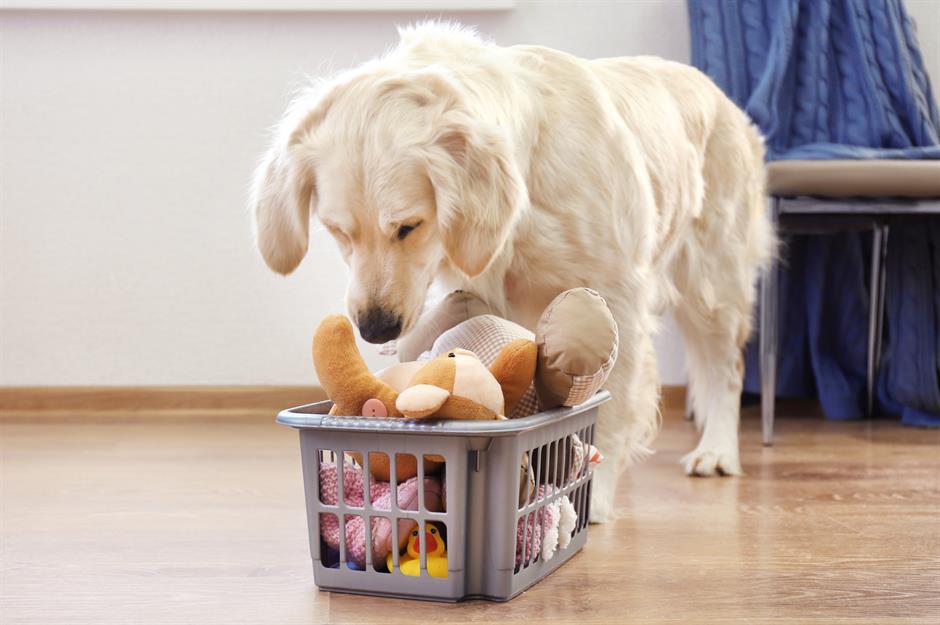
There are several different types of bacteria that can be found in the presence of teeth with periodontal disease, including Peptostreptococcus, Prevotella intermedia and Bacteroides fragilis, to name a few. The latter, Bacteroides fagilis, is perhaps the most unpleasant, since this particular strain settles in the intestinal tract of dogs as commensal bacteria. In other words, it's bacteria that comes from our dog’s intestines and you could be inadvertently spreading it around your home!
How to avoid spreading dog toy germs
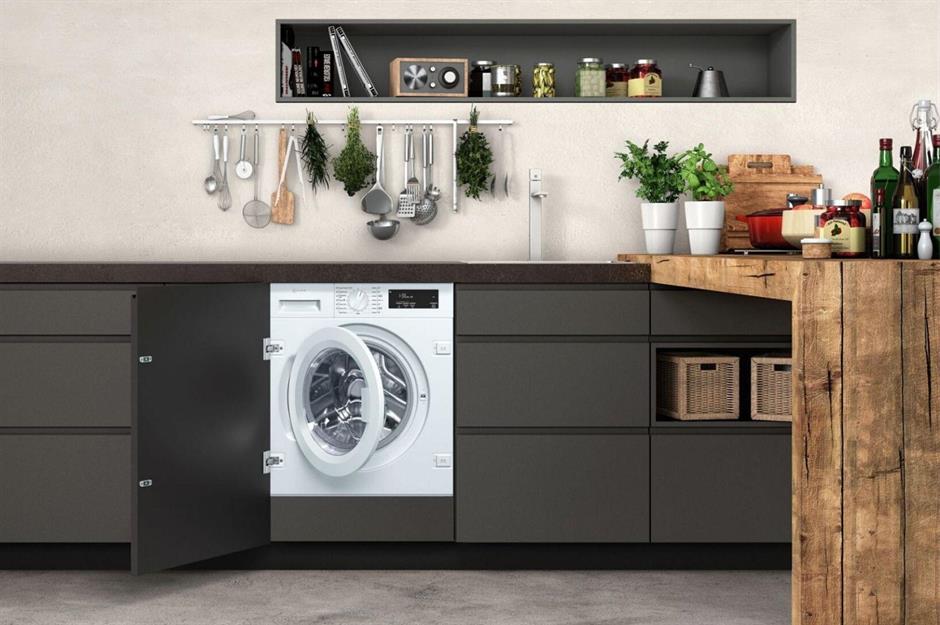
Horrifyingly, Gorman explains that since dogs groom themselves in – let's say – some unhygienic areas, they might not only transfer intestinal bacteria to whatever they chew, but “there is a possibility of transferring worm eggs" to their toys, too. So, in order to keep your dog's toys free of such bacteria, Ruffwear suggests cleaning soft toys in the washing machine at a temperature of 60 degrees, at least once a week. You must ensure they are dried properly after washing since damp soft toys are a perfect breeding ground for more bacteria. Either place them in the dryer or hang them out to dry. Remember to always follow the product-specific care instructions.
Don't forget the pet bowl
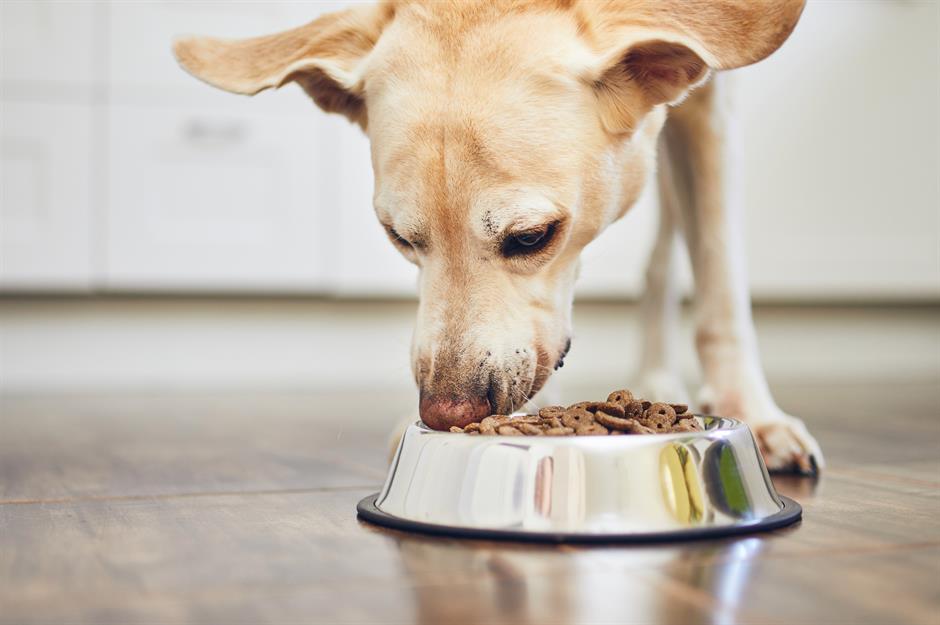
Finally, Ruffwear advises regularly hand washing hard toys. “Hard toys are easier to keep clean, as saliva doesn’t sink into them, so using a bit of washing-up liquid and warm water will do the trick.” Wash your dog's hard toys as much as necessary, and if they’ve had a particularly good chew on one, give it a wipe-down. Plus, according to NSF International, food left in pet bowls can breed germs that can be passed onto your dog. So, it's important to ensure you clean bowls with hot water and soap every day. For a thorough clean, soak in a diluted bleach solution (five tablespoons of bleach per gallon of water) once a week, making sure to rinse thoroughly.
READ MORE: Tackle these danger zones in your home
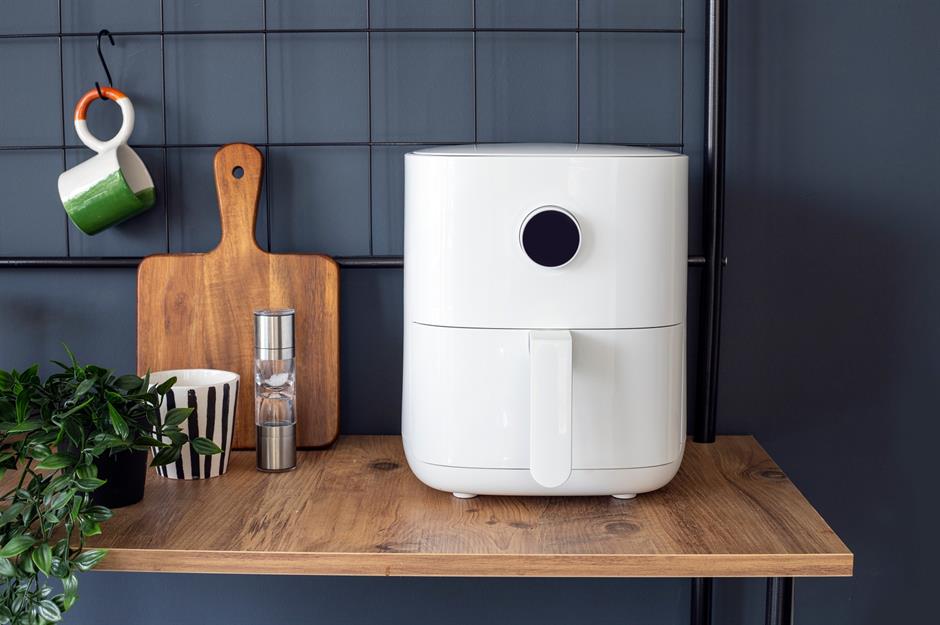
According to RGB Direct, the average person spends around 12,896 hours cleaning during their lifetime, which translates to 1.5 years or 77 weeks. And yet we encounter thousands of different germs every single day, the majority of which aren't a danger to our health. However, in your home, there's an array of potentially harmful bacteria, such as salmonella, E. coli and mould, lurking in places you wouldn't even have thought to look. Click or scroll on to discover where germs are hiding in your living spaces and find out how to banish them for good...
Spice jars
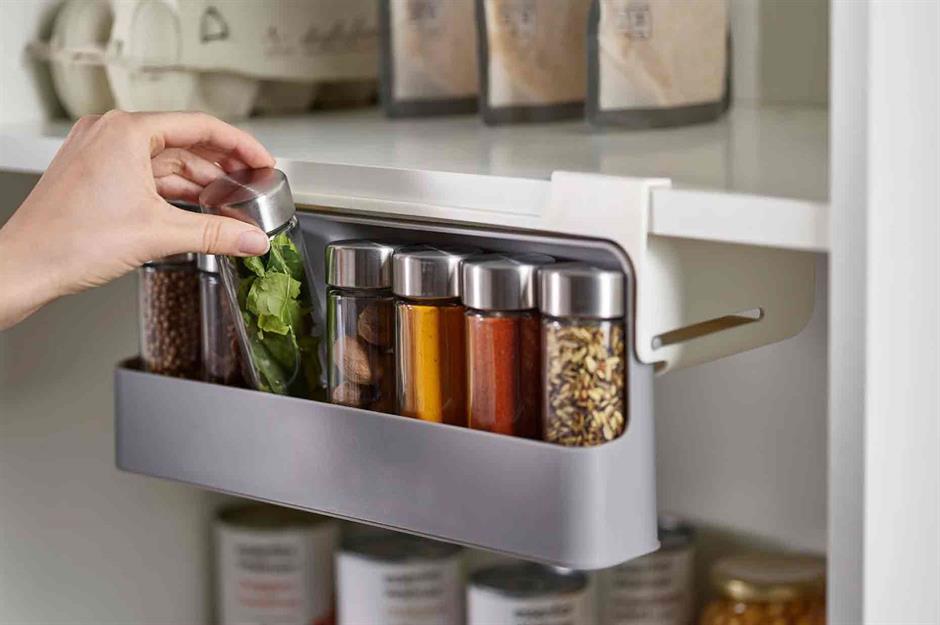
When’s the last time you cleaned your spice jars? Many of us will automatically reach for the paprika or chilli powder when we’re cooking dinner, without considering the germs that may have accumulated on those little pots. A study in the Journal of Food Protection examined 371 adults making turkey burgers and found that spice containers had the highest degree of cross-contamination out of all of the kitchen surfaces. After cooking, the researchers discovered bacteria from the turkey present on 48% of the spice jars. To prevent cross-contamination, make sure you wash your hands before and after handling raw meat. It’s a good idea to regularly wipe down your spice containers with a disinfectant solution or hot soapy water.
Microwave handle
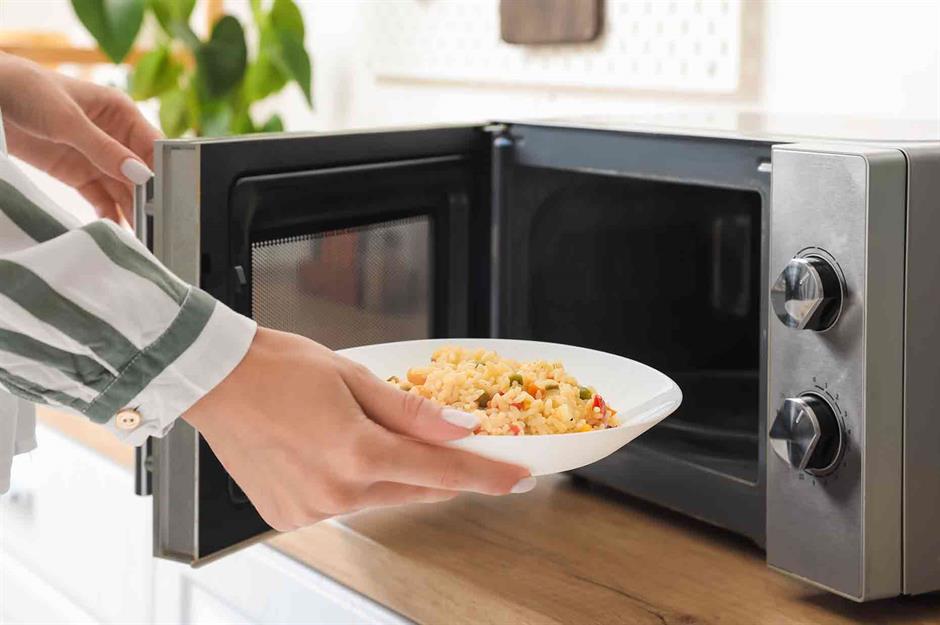
While some germ hotspots are immediately obvious, other high-contact areas of the home are all too easy to overlook. A frequently used appliance, your microwave might not strike you as a particularly dirty space, especially if you frequently wipe out the interior. However, it’s the exterior that often gets neglected – in particular the handle where bacteria can build up, especially when you’re cooking. Independent public health and safety organisation NSF International found microwave handles to be especially dense with harmful microbes. To keep germs at bay, they recommend cleaning the handle once a week with a disinfectant product.
Light switches
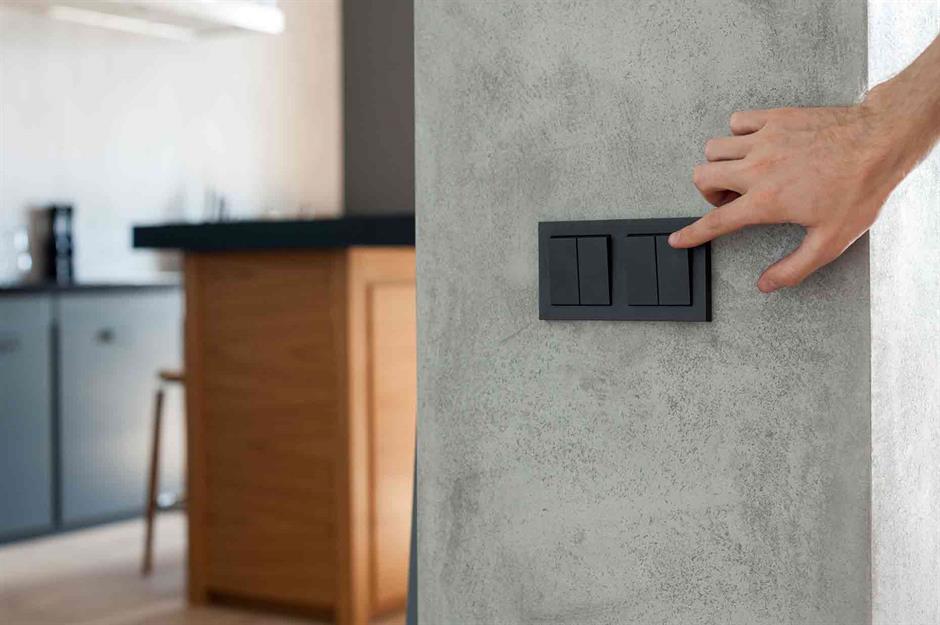
Light switches are one of the most frequently touched surfaces in any home – and one many of us seldom think about when it comes to cleaning. Shockingly, NSF International found that bathroom light switches ranked higher for germs than bathroom door handles. To limit the spread of germs in your home, make a note to include light switches in your weekly cleaning routine. You can remove all that built-up bacteria by wiping down the whole panel thoroughly with an alcohol-based disinfectant.
Fridge
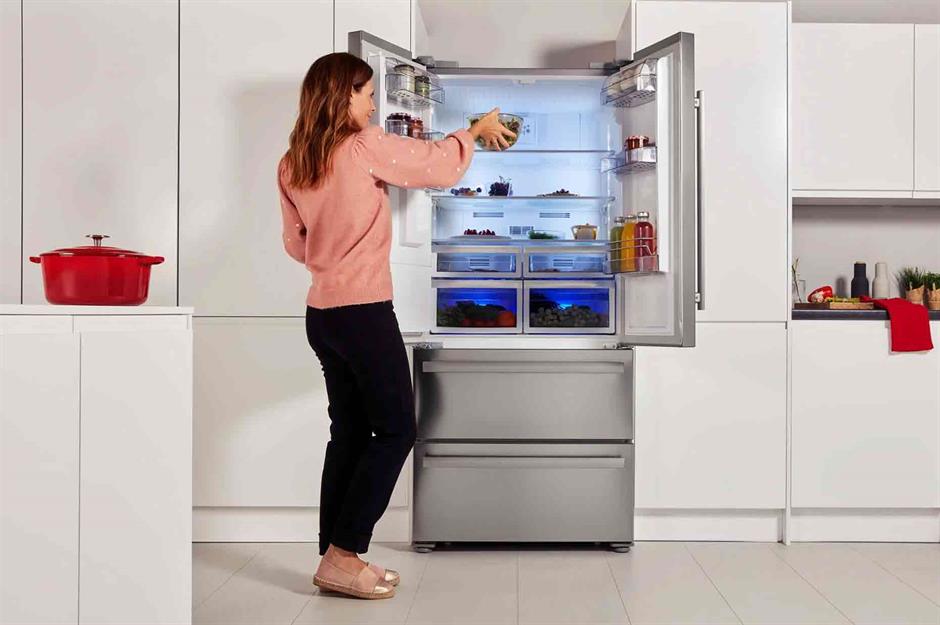
A startling finding by the United States Department of Agriculture might be enough to put you off your dinner. Their research revealed that there are more than 1.8 million units of bacteria lurking inside your fridge, undetectable to the eye. Worryingly, some of these microbes have been linked to everything from food poisoning to respiratory conditions, urinary tract infections and even miscarriages. Particular germ hotspots are the vegetable and meat drawers, as well as shelves where dairy products are stored. You should deep clean your fridge every three to six months. Remove shelves and drawers and wash with hot water and washing-up liquid, then wipe down the interior with a sterilising solution. Don't forget the exterior and handles of your fridge too.
Desk

We all know public offices aren't the cleanest of places, but that stylish home office of yours can be just as bad. Areas on your desk where you rest your hands tend to accumulate the most germs, as well as equipment like keyboards. Try to disinfect the whole area with an antibacterial wipe once a day.
Kitchen worktops
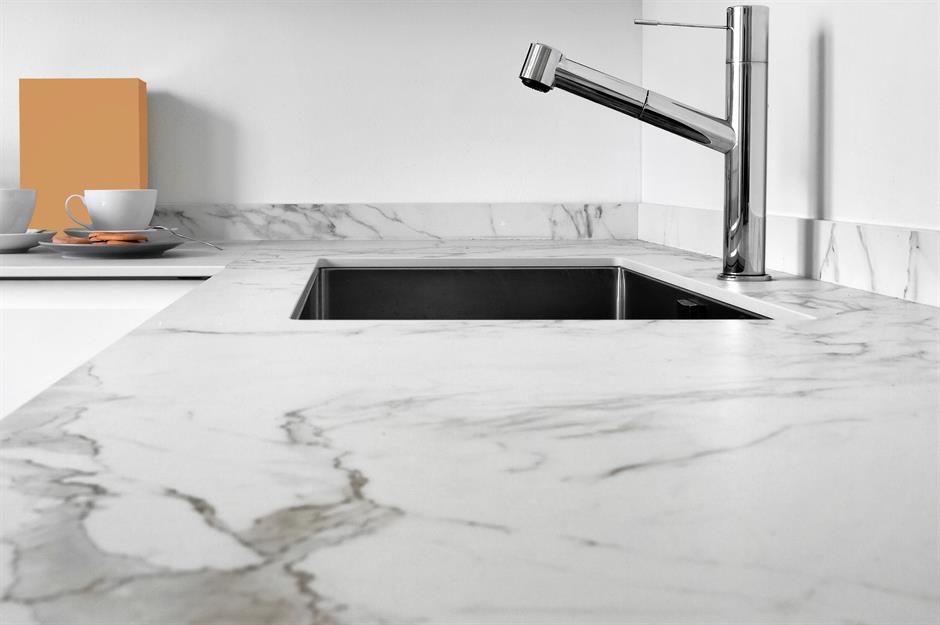
We put everything on our kitchen worktops, from raw meat and filthy sponges to shopping bags that have been on dirty floors, all of which carry an array of germs. In a study by NSF International, kitchen worktops had coliform bacteria present in 30% of the homes they tested. To keep bacteria at bay, it's best to clean natural solid surfaces like this with washing up liquid and hot water.
Water dispensers
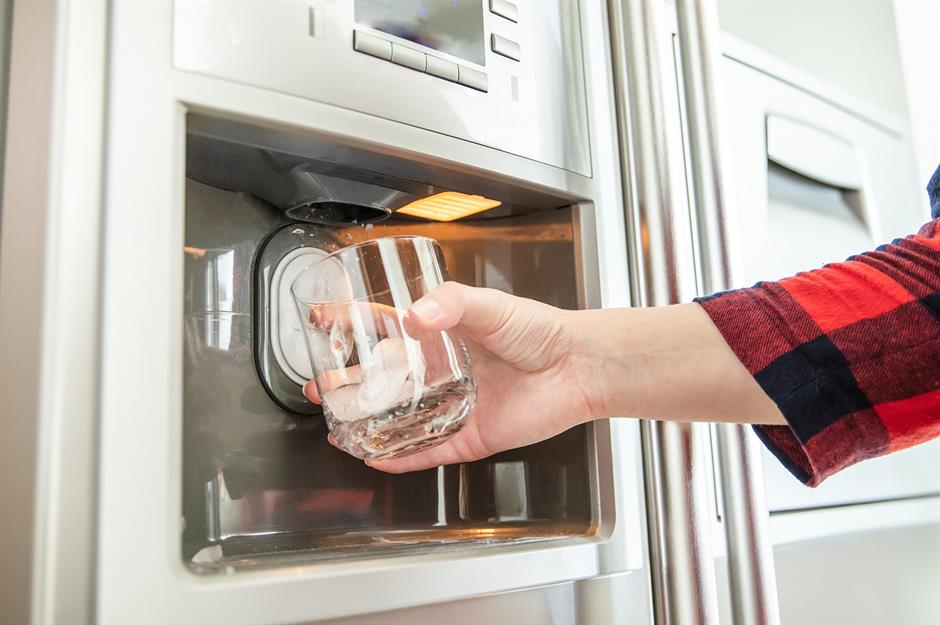
As a rule, wherever water collects will be a breeding ground for bacteria and your refrigerator's water dispenser is a prime culprit – with the double threat of having many hands touching it repeatedly every day. Use an antibacterial spray on the push button and remove any exterior parts to wash in warm soapy water. To clean the inside, shut off the water connection and flush it with white vinegar. Make sure to rinse the line thoroughly before use and take an old toothbrush to any nozzles.
Cooker knobs
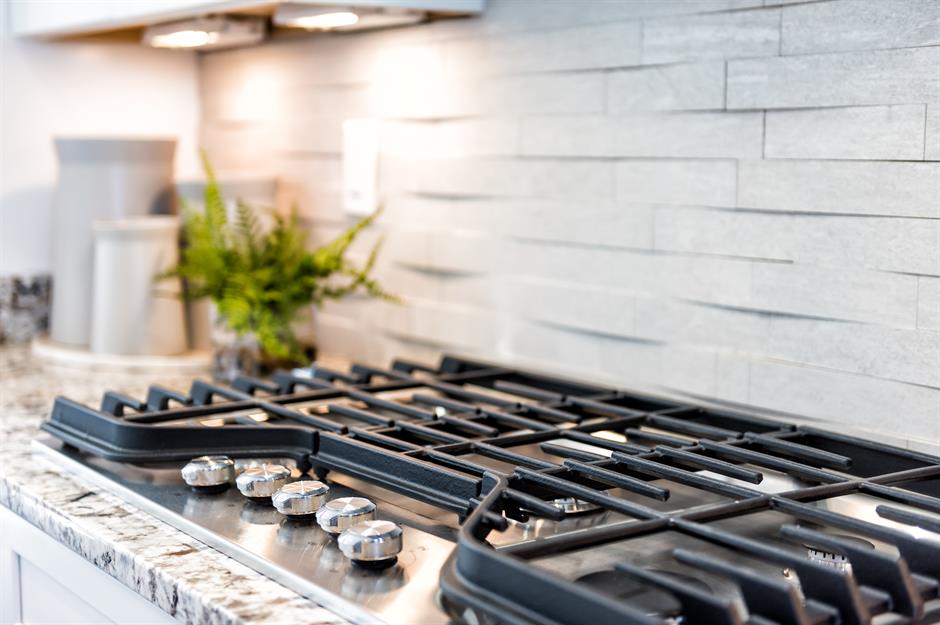
While there are many more obvious contenders for germ hotspots in your kitchen, believe it or not, the hob controls are one of the filthiest areas. Covered in food splatters and touched a number of times during food preparation, the best way to clean them is to remove the knobs and rinse them in hot soapy water.
Dishwasher
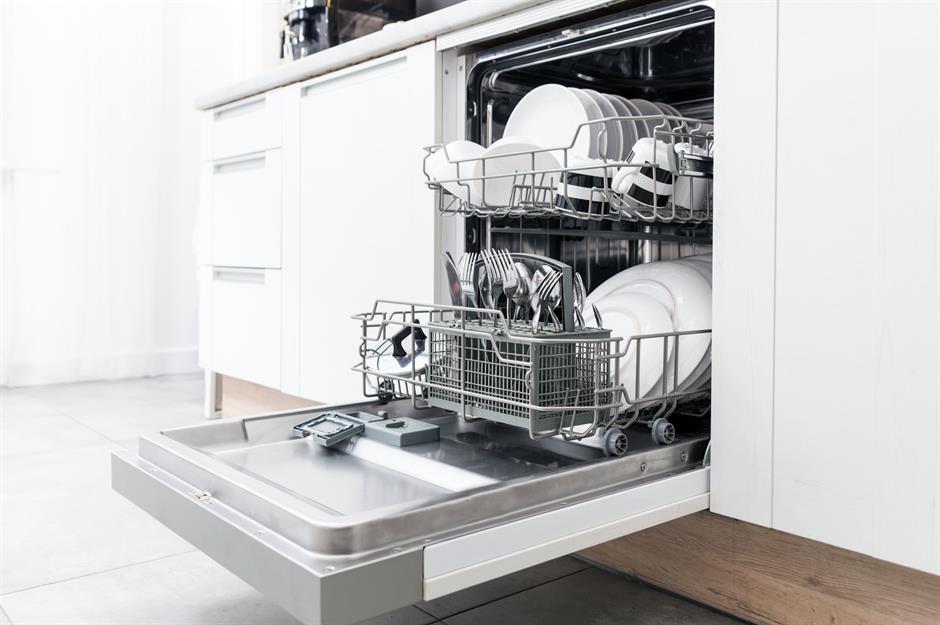
Coffee maker
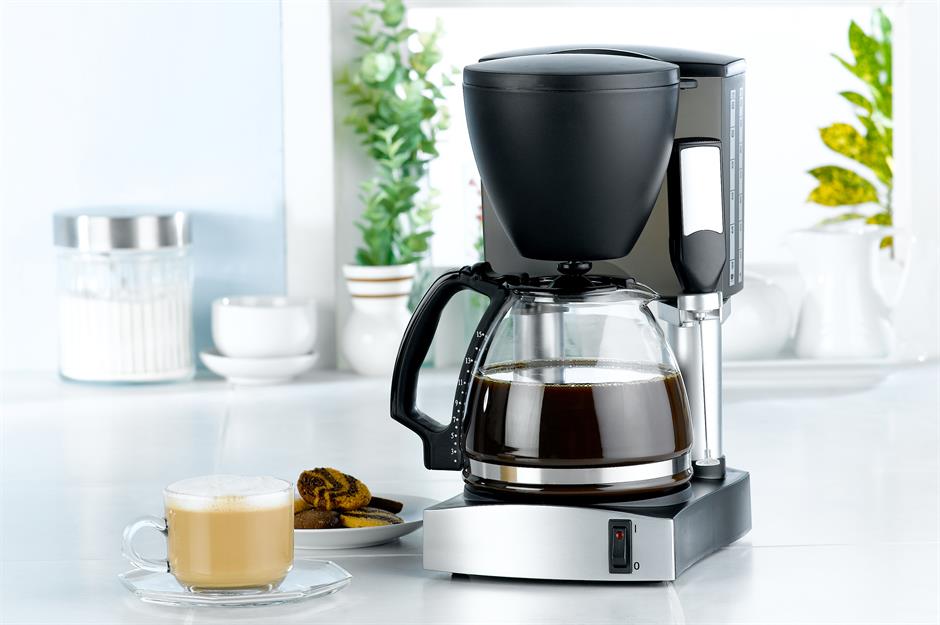
Kitchen sink
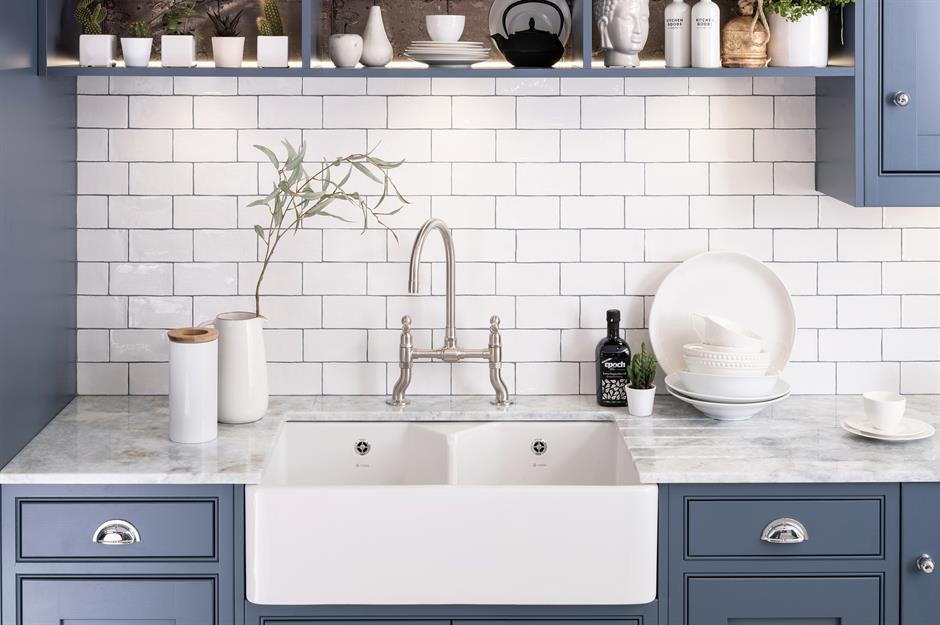
The kitchen sink is one of the most germ-laden places in the house and can often be worse than the toilet. Particles of food from plates left to soak can provide a breeding ground for bacteria, including salmonella and E. coli. To keep germs at bay in the pipes as well as the sink, pour one cup of hot water into the drain, followed by a cup of bleach and leave overnight, repeating every week or so.
Chopping boards
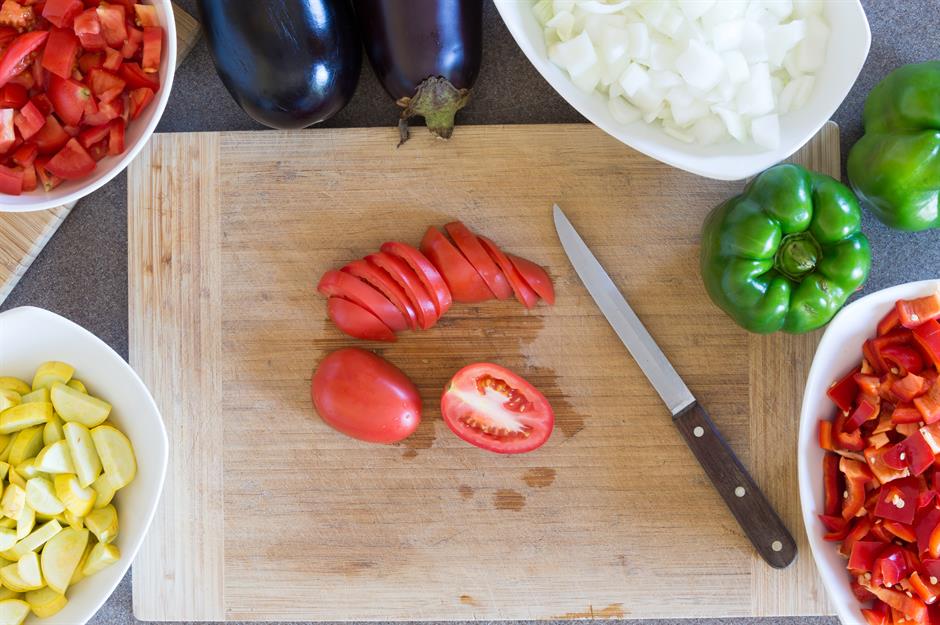
Chopping boards are used every day for food prep and can be laden with germs from raw meat and fish, so it's easy for them to collect bacteria. If you only have one chopping board, ditch this bad home habit and invest in multiple, colour-coded boards to avoid cross-contamination. For a wooden board that's likely to harbour more germs, white vinegar is a great cleaning tool. Simply apply with a clean cloth to disinfect and eliminate any odours.
Spatulas
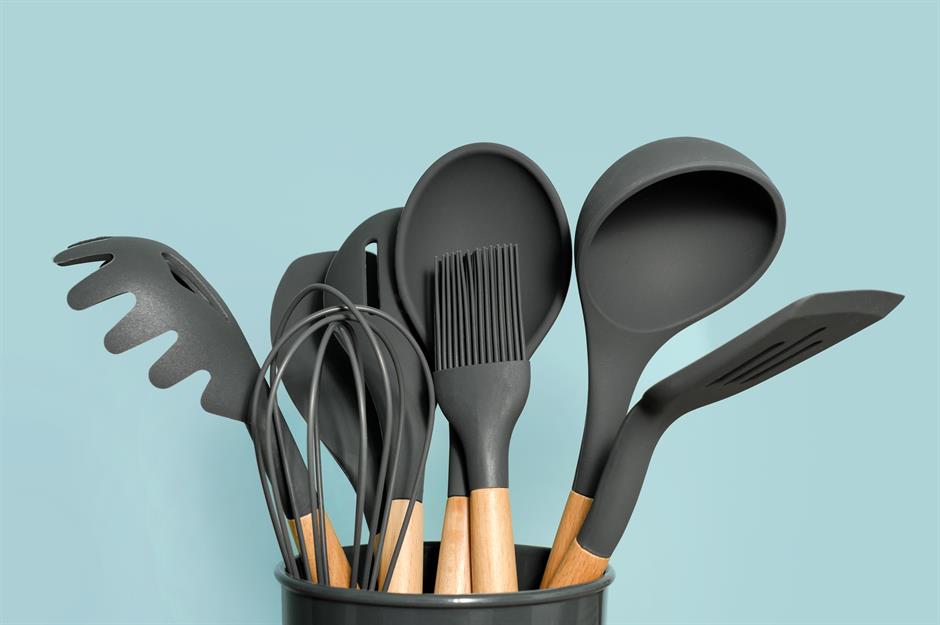
Spatulas, especially the rubber variety, are full of nooks and crannies that were found to hide E. coli, yeast and mould by NSF International – not the ingredients you want to be adding to your cooking! If your spatula is made from two parts, make sure to separate them when washing. Generally, metal models are better as they aren't as vulnerable to collecting germs.
Kitchen bins
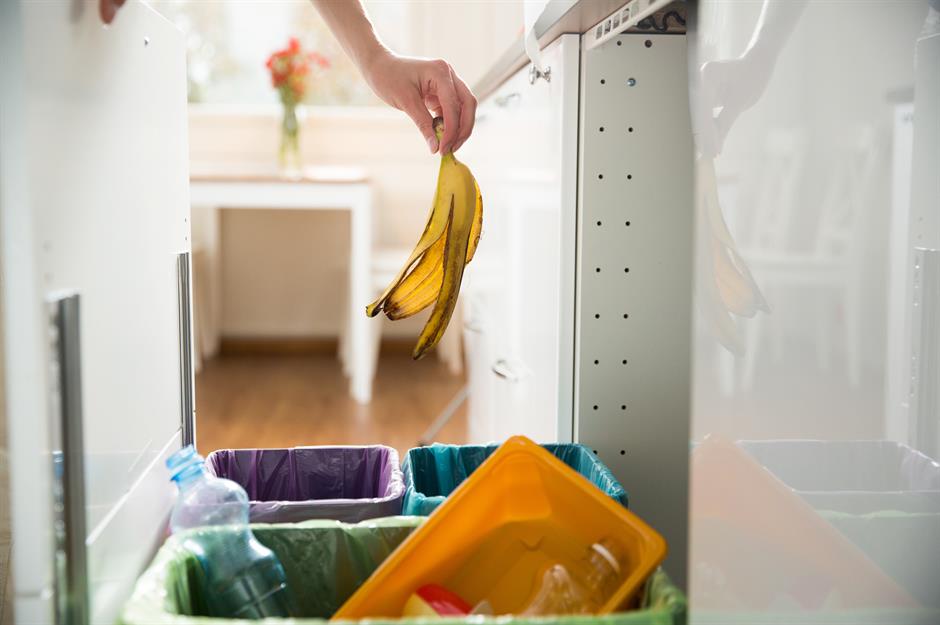
Water bottles and glasses
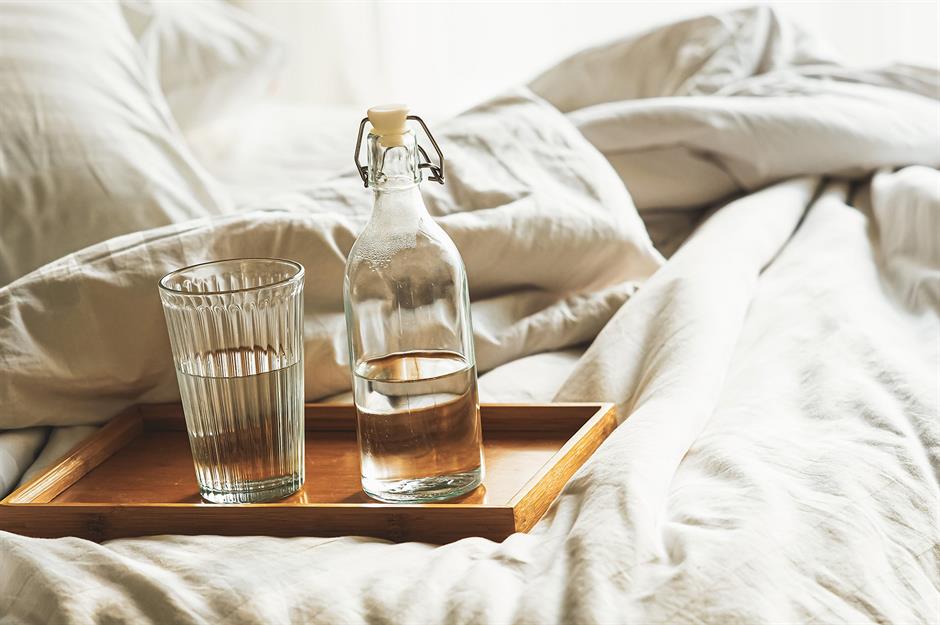
Salt and pepper shakers
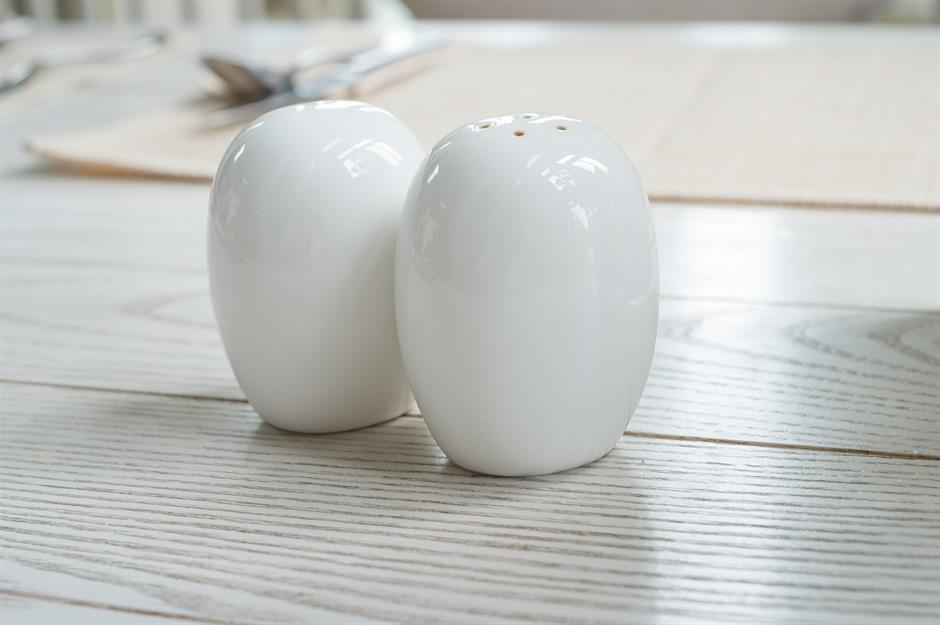
Shower curtain

Almost perpetually damp, shower curtains are the ideal breeding ground for mould, a serious hidden hazard in your home. A study conducted by SafeHome found that your shower curtain can hold up to 60 times more bacteria than your toilet seat. To keep it as clean as possible, you can spray your shower curtain with distilled white vinegar after showering to help kill any mould or mildew that has started to form.
Bathtub
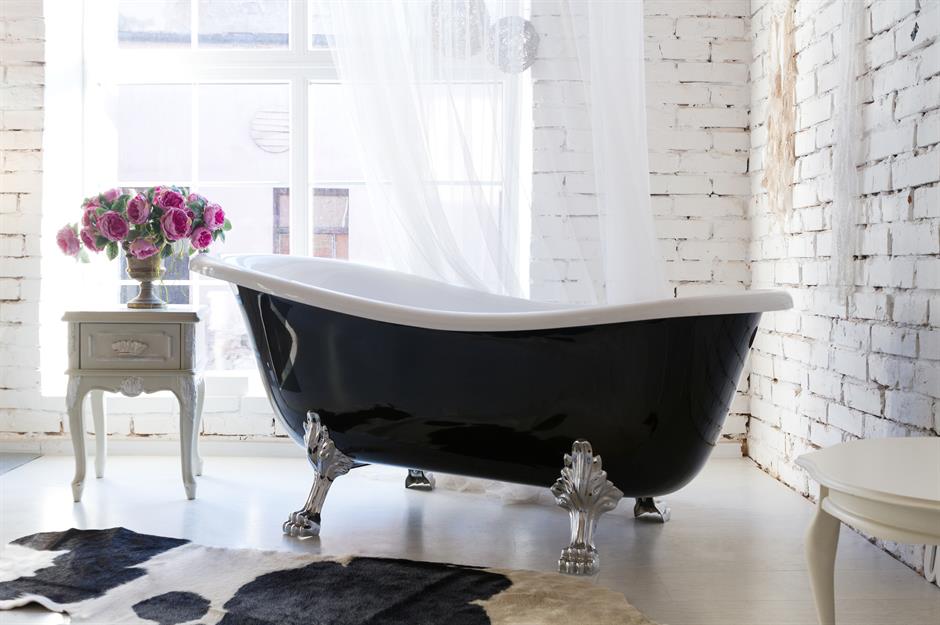
The grout between your bathroom tiles and the sealant around your bath both offer the perfect places for mould to lurk. And that's not all as the drain itself could contain 119,468 bacteria per square inch according to a study by Soakology. It's a good idea to disinfect your bath with a bathroom cleaner and then wipe it down with a clean, dry towel.
Toothbrush holder
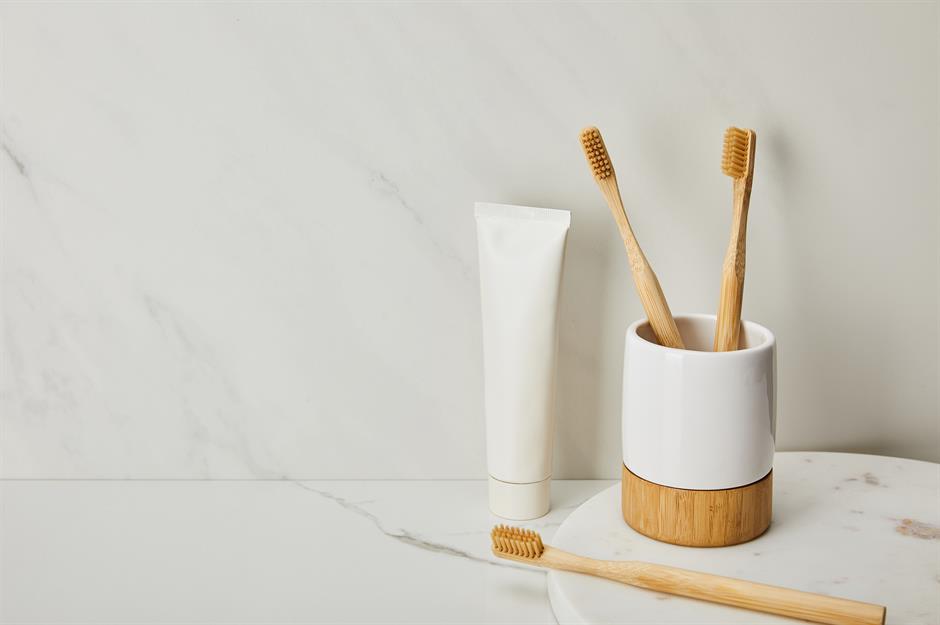
According to NSF International, it’s not the toilet that’s the dirtiest place in your bathroom, it's the toothbrush holder. Often placed in proximity to the toilet, they collect nasty germs transferred from flushes, plus bacteria from the toothbrush itself. It’s a good idea to give your toothbrush holder a deep clean once a week by either putting it in the dishwasher or giving it a rinse with soapy water.
Bathroom taps
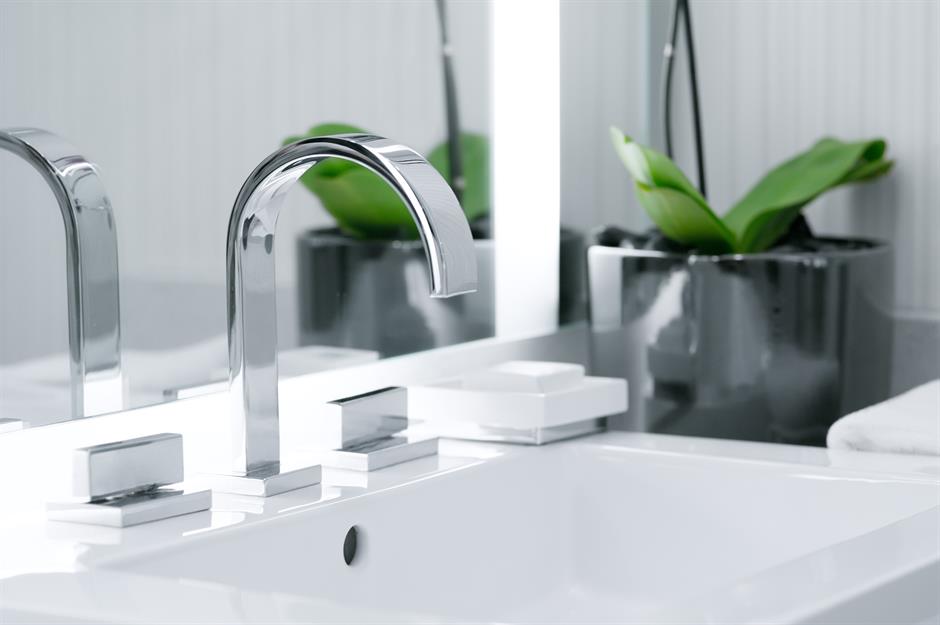
The bathroom taps don’t really stand a chance against germs, as you touch them after you go to the toilet and then again after you've cleaned your hands, transferring some germs back again. Be sure to minimise lingering microbes by cleaning them every day with a disinfectant wipe or spray.
Remote controls
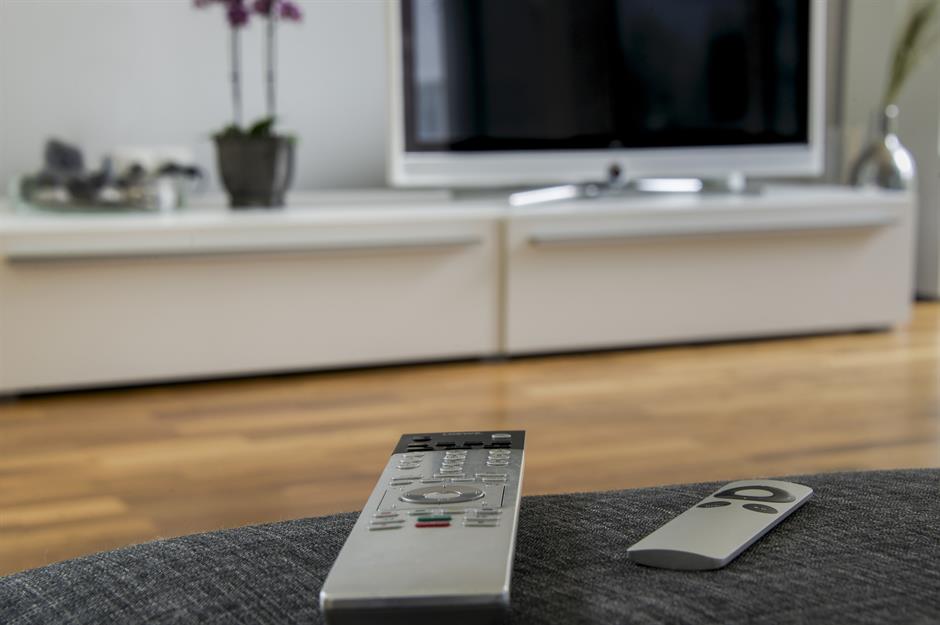
Bed sheets
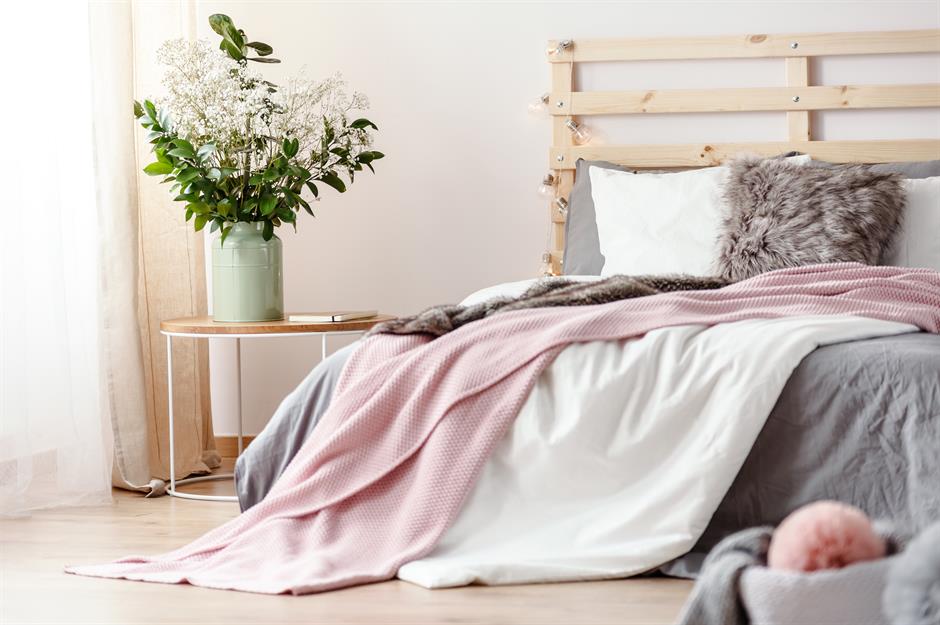
Kitchen sponge
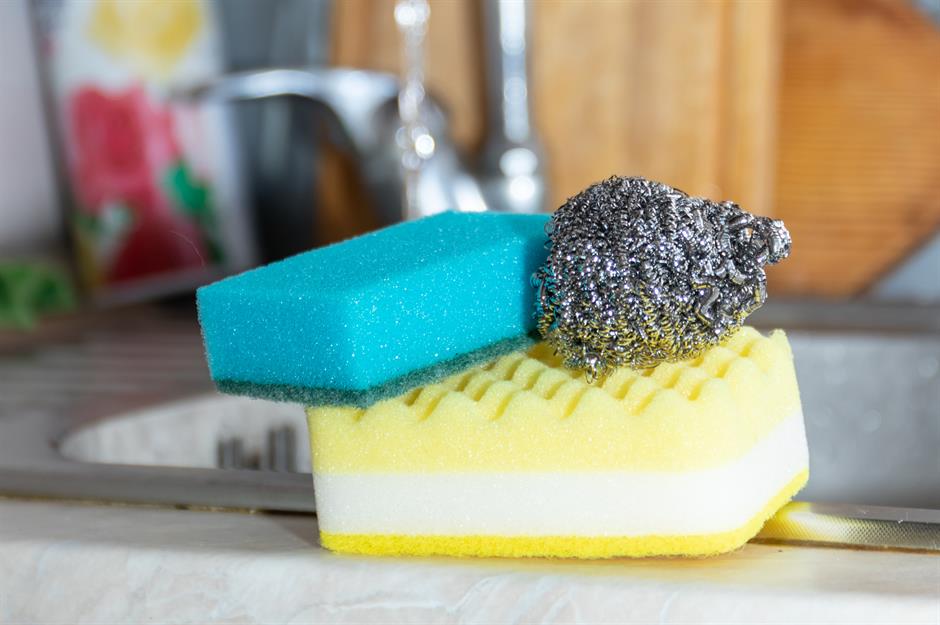
Washing machine
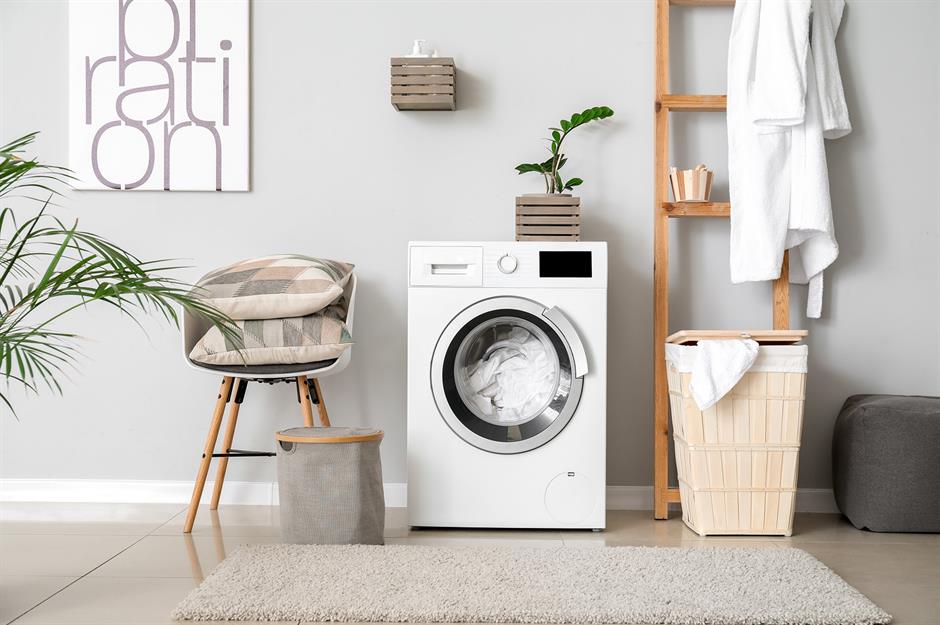
You may think that your washing machine is safe from germs, but you couldn't be further from the truth. To save energy, many machines wash clothing at a lower temperature, however, this means more bacteria survive, according to research by the American Society for Microbiology. Be sure to remove washed laundry as soon as possible and at least once a month, run an empty hot cycle with bleach. After an illness in the house, wash any clothes, sheets and towels at a high temperature.
Fruit bowl
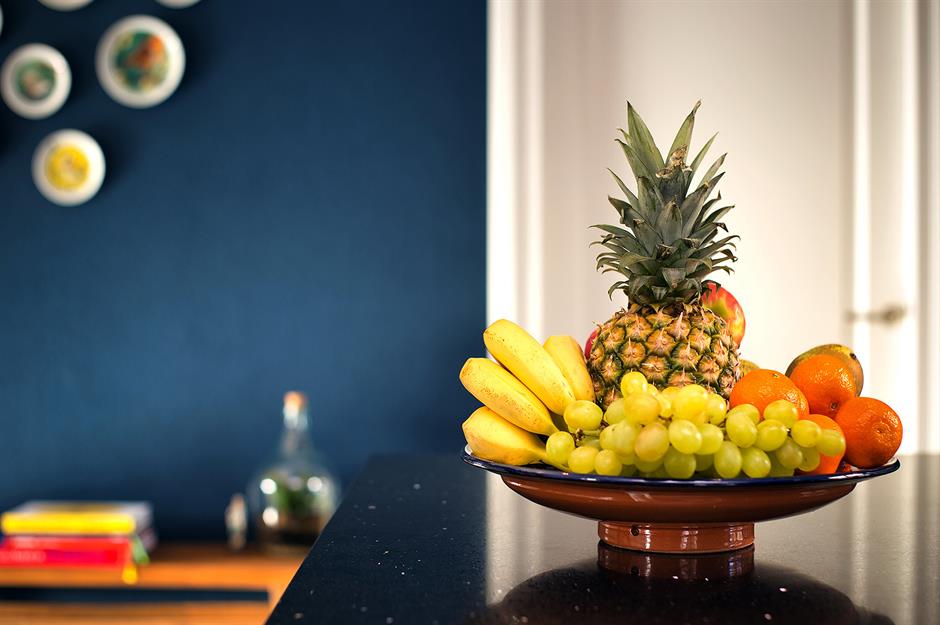
The growing, harvesting and transportation of fruit involves many hands, as well as mud, manure and chemicals. Just as you should not eat fruit without washing it, you also should keep your fruit bowl clean before you stock it up. If it's safe to put it through the dishwasher, the steam will kill most bacteria. If not, give it a good scrub with dish soap and hot water and allow it to air dry on a rack.
Air fryers
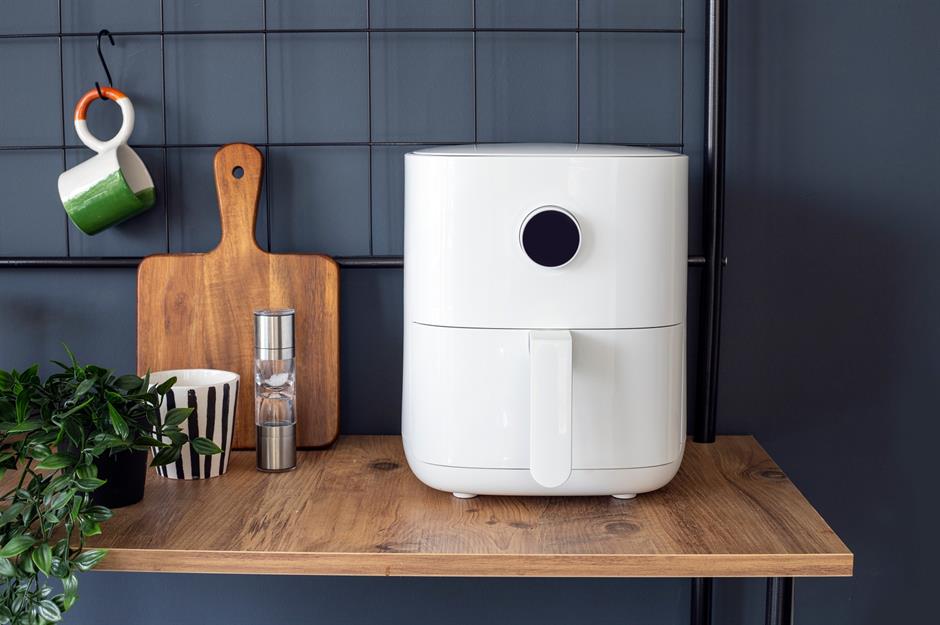
Following many viral moments on social media, air fryers have become a must-have kitchen gadget. However, many of us don't clean them properly. So, independent electrical retailer, RGB Direct, has put together some tips for regular maintenance. Consider lining your air fryer with parchment paper to catch excess oil and crumbs – always refer to your manual first. Clean it after every use to prevent the build-up of grease and residue, and consider a deep clean weekly by soaking removable parts, like the cooking basket, in warm, soapy water. If they are dishwasher safe, you can also run them through a cycle.
Loved this? Follow us on Facebook for more top cleaning tips
Comments
Be the first to comment
Do you want to comment on this article? You need to be signed in for this feature